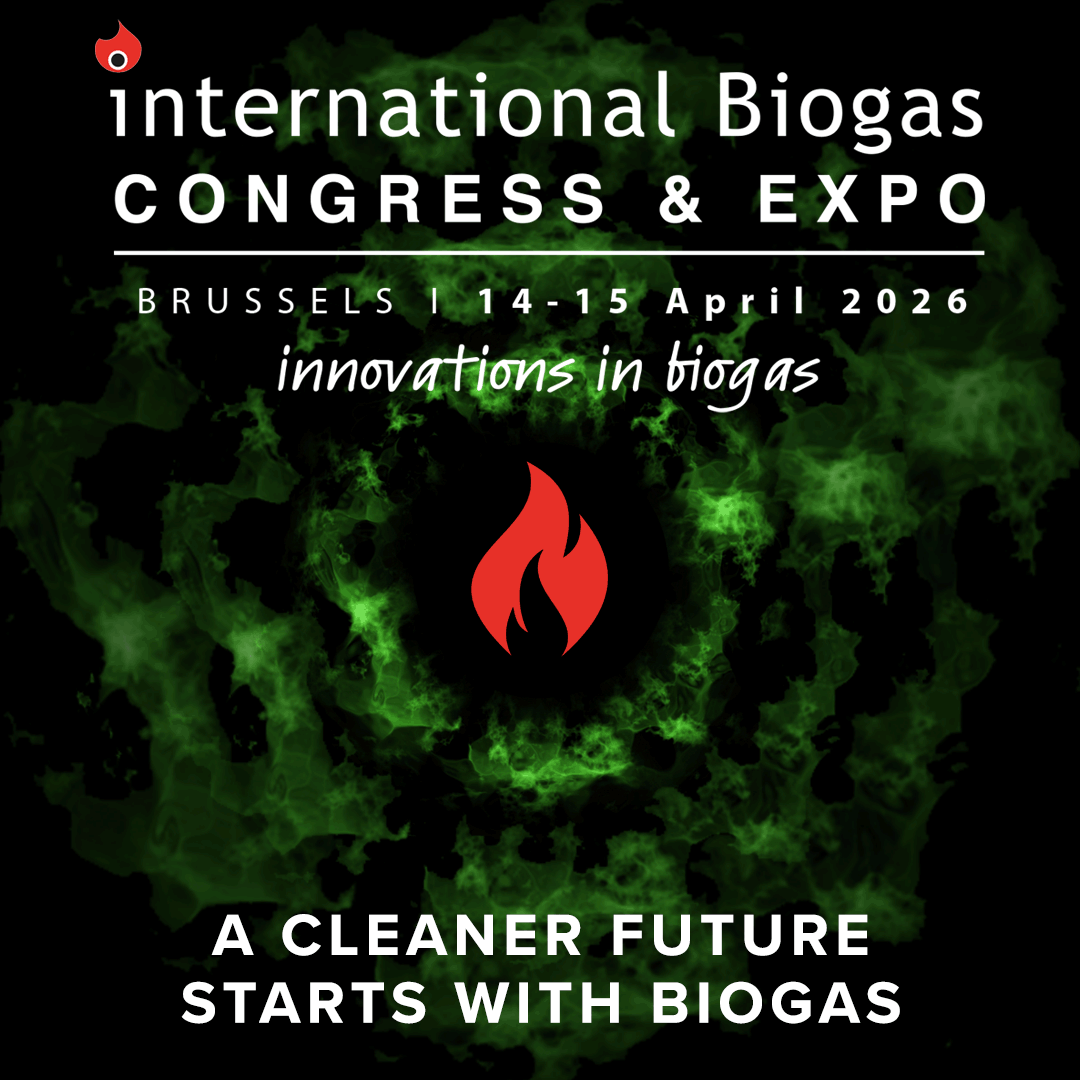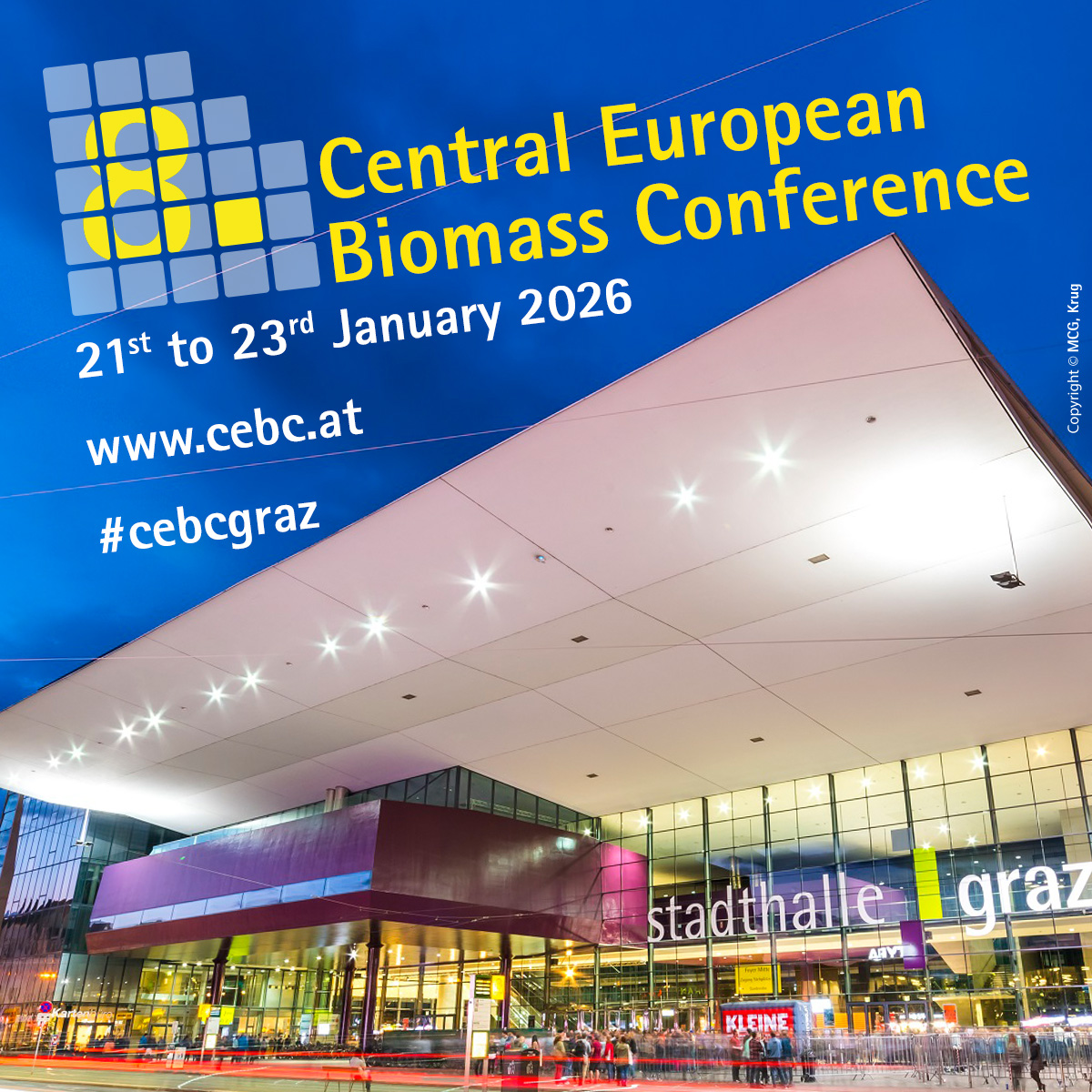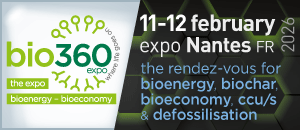US EPA seeks input on reducing climate pollution from new gas-fired turbines
The turbines, which are currently projected to be a significant part of US electricity generation in future years, primarily use natural gas to create electricity. The EPA is seeking public input on the draft white paper, which marks an important step forward in the EPA’s efforts to engage communities and the power sector on strategies to improve clean air and reduce climate pollution in the years ahead.
The draft white paper presents information on the performance of state-of-the-art combustion turbine technologies and describes additional opportunities for GHG emission cuts.
Specifically, the draft white paper discusses the potential of efficiency improvements; firing or co-firing natural gas with alternative fuels such as hydrogen; using CCUS technology, and co-location with energy storage, among other topics. While the paper doesn’t set policy or establish performance standards, it helps inform a robust public dialogue on approaches to reduce climate pollution from new gas-fired turbines. In part, the paper explores the utilisation of biogas and industrial by-product gases in new natural gas-fired turbines.
Although the paper is not targeted to any specific regulatory or policy context, the EPA anticipates that it may be useful to inform future rulemaking efforts, to serve as a resource for states and a variety of stakeholders, and to initiate a broader conversation on the future of natural gas-fired power generating sources.














